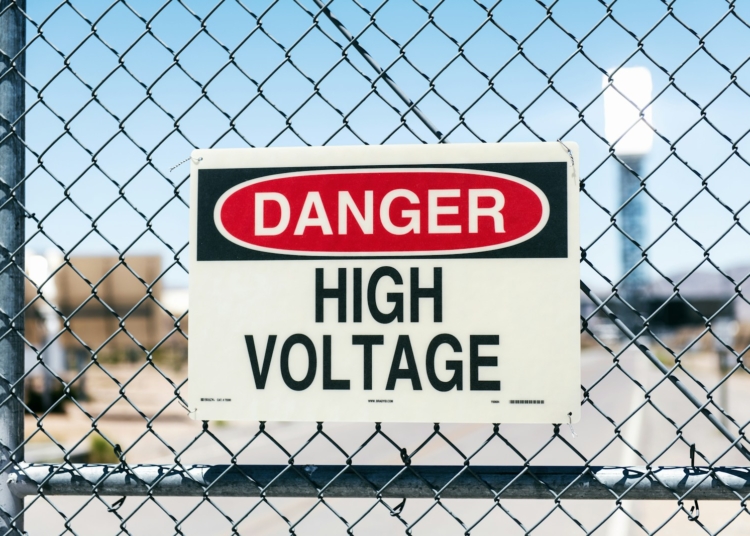The cryptocurrency mining industry is at a turning point. With Bitcoin prices fluctuating and mining difficulty soaring, operational costs—especially energy expenses—are under intense scrutiny. Miners, both public and private, are racing to optimize efficiency, and clean energy has emerged as a game-changer. In this deep dive, we spotlight two trending public companies—CleanSpark and Marathon Digital Holdings—and two private innovators—Gryphon Digital Mining and EZ Blockchain—exploring how they’re tackling costs with sustainability. Enter Pacifico Energy, a clean tech provider whose “Energy as a Service” model could be the key to unlocking cheaper, greener power for these miners.
Public Crypto Mining Titans
-
CleanSpark, Inc.
Why It’s Trending: CleanSpark (Nasdaq: CLSK) is making waves as a sustainability-focused Bitcoin miner, recently hitting an operational hash rate of 30 EH/s in October 2024 and aiming for 50 EH/s by year-end 2025. Its stock surged 120% in the past year, driven by rising crypto prices and strategic acquisitions like GRIID Infrastructure.
Cost Challenges: Mining over 650 BTC monthly with a fleet of 196,000 machines, CleanSpark’s energy bill is its biggest variable cost. At an average of $0.05 per kWh, even small increases can erode its $34,000/BTC mining cost advantage.
Clean Energy Push: CleanSpark powers its data centers with over 50% low-carbon sources, including nuclear and hydro. Its Georgia and Texas facilities tap into surplus renewable grids, but scaling to 50 EH/s demands even cheaper, greener energy to stay competitive.
Pacifico Energy Fit: Pacifico Energy’s subscription-based renewable packages—think solar and wind with no upfront costs—could drop CleanSpark’s kWh rate below $0.04, boosting margins. A free energy assessment from Pacifico Energy might reveal untapped savings for CleanSpark’s expansion.Learn more at CleanSpark’s official site.
Support authors and subscribe to content
This is premium stuff. Subscribe to read the entire article.










